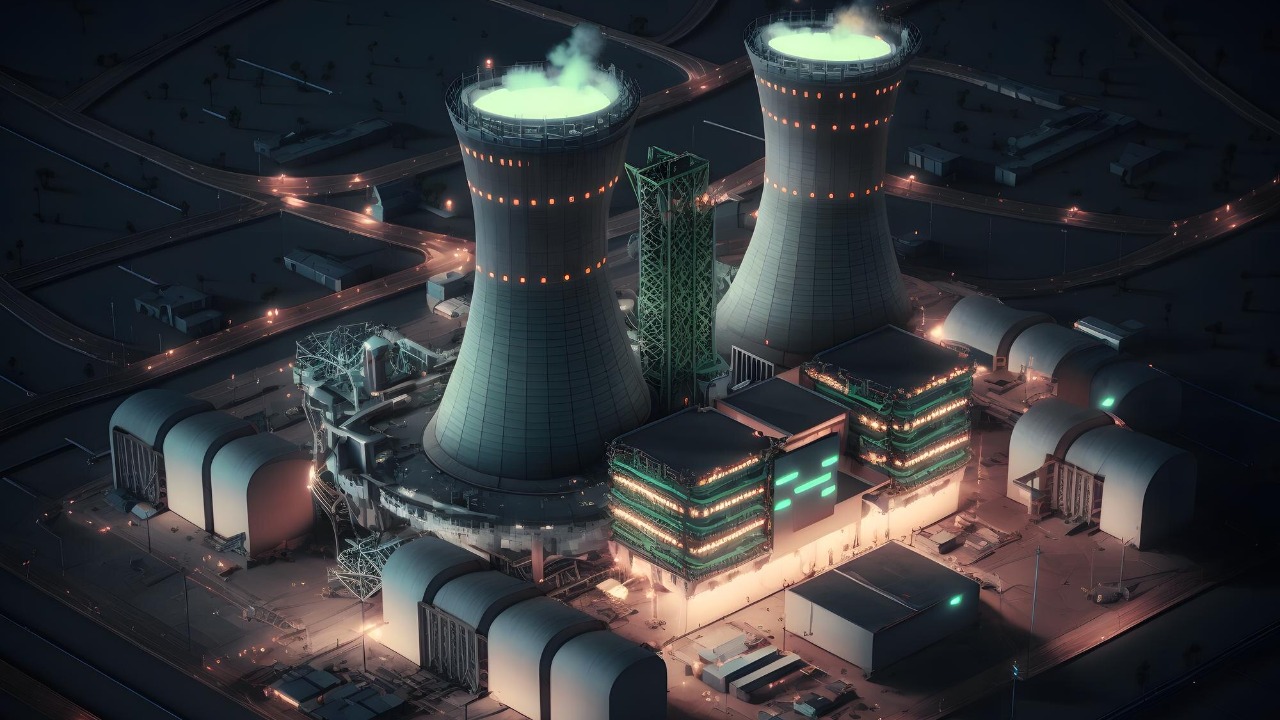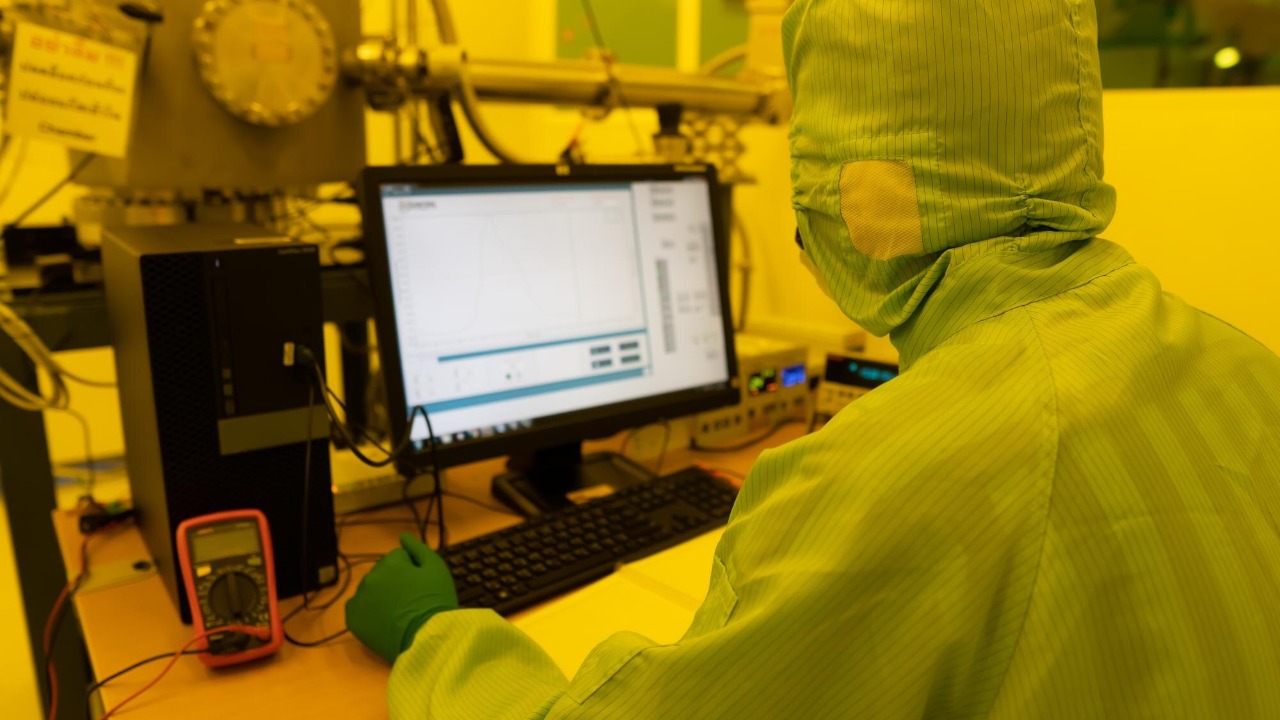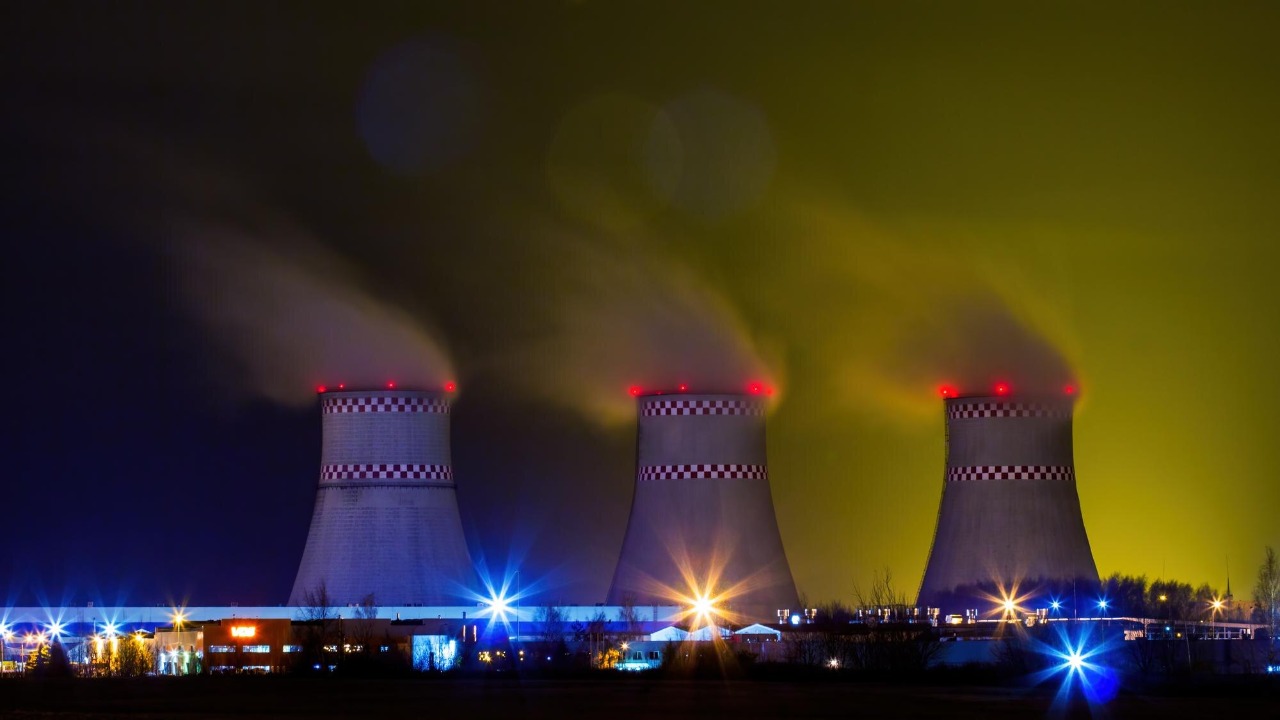
The integration of artificial intelligence (AI) into the operation and management of nuclear plants is a milestone in our technological evolution. With the potential to enhance efficiency, improve safety, and cater to our ever-increasing power requirements, this shift marks a significant step forward in the world of nuclear energy.
Understanding the Demand for AI in Nuclear Plants

The increasing complexity of nuclear plants, coupled with a surge in global energy demands, has created a pressing need for more intelligent and efficient management systems. Artificial Intelligence offers a solution, with its ability to process vast amounts of data, make informed decisions, and adapt to changing circumstances. AI models are also becoming more power-hungry, with a report warning that training AI could consume up to 4 gigawatts of power by 2030. This further emphasizes the need to generate more power, a demand that nuclear plants can help meet.
Additionally, as the digital world continues to expand, so does the demand for power to run AI models. Data centers, which house these AI models, are in a race to power AI, and nuclear energy can provide a reliable and abundant source of power to meet this increasing demand.
Training AI to Run Nuclear Plants

Training AI to manage nuclear plants is a complex process involving large-scale data analysis, pattern recognition, and decision-making algorithms. A deep learning model is first trained using historical data from nuclear plants, including sensor readings, control commands, and plant status reports. This model is then tested and fine-tuned in a simulated environment before being deployed in a real plant.
While the process is full of opportunities, there are also challenges. For instance, ensuring the AI system can handle unexpected scenarios is a significant hurdle. Moreover, the safety-critical nature of nuclear plants requires extremely robust and reliable AI systems. A detailed understanding of nuclear plant operations and advanced AI algorithms are crucial in overcoming these challenges.
Efficiency and Safety Improvements

AI can drastically improve the efficiency of nuclear plants. By continuously analyzing plant data, AI can optimize operations, reduce waste, and increase power output. A study published in the Heliyon Journal found that the integration of AI in nuclear plants can lead to an improvement in plant efficiency by up to 2.5 percent. This may not sound like much, but when translated into the energy context, it implies significant cost savings and carbon reductions.
AI also plays a crucial role in enhancing safety measures in nuclear plants. AI can identify potential risks and alert operators in real-time, preventing accidents before they occur. Furthermore, AI’s predictive capabilities can foresee equipment failure and schedule maintenance, thereby reducing the chances of unexpected shutdowns and improving overall plant safety.
Environmental Impact of AI in Nuclear Plants

The use of AI in nuclear plants can yield significant environmental benefits. By improving efficiency and reducing waste, AI can help nuclear plants generate more power from the same amount of fuel, thereby reducing carbon emissions. Also, AI can optimize the fuel cycle and waste management processes, further mitigating the environmental impact.
However, the increased use of AI also brings environmental concerns. The power consumption of AI systems is a major issue, with some estimates suggesting that the energy required to train a single AI model can equal the carbon footprint of five cars over their lifetimes. It is therefore vital to balance the benefits of AI with its environmental cost, and nuclear energy, with its low-carbon profile, can play a key role in achieving this balance.
The Future of AI in Nuclear Energy

Looking ahead, the use of AI in nuclear plants is set to increase. As AI technologies continue to advance, they will become more capable of managing complex systems, making them an integral part of future nuclear plants. AI could also be used to design more efficient and safer reactors, further transforming the nuclear energy sector.
While the possibilities are exciting, they also come with challenges. Ensuring the safety and reliability of AI systems, managing the environmental impact of AI, and addressing ethical and legal issues will be crucial as we move towards a future where AI plays a central role in nuclear energy.
Case Studies and Examples

AI has already been successfully implemented in some nuclear power plants. For instance, a study by the Oak Ridge National Laboratory in the United States demonstrated the use of AI in optimizing reactor operations and reducing maintenance costs. In South Korea, the Korea Hydro & Nuclear Power Co. has developed an AI-based system to predict reactor lifespan and maintenance needs.
Research and development projects related to AI and nuclear energy are also underway. For example, the International Atomic Energy Agency is exploring the use of AI in nuclear safeguards, while various universities and research institutions are studying the potential of AI in nuclear waste management, reactor design, and safety analysis.